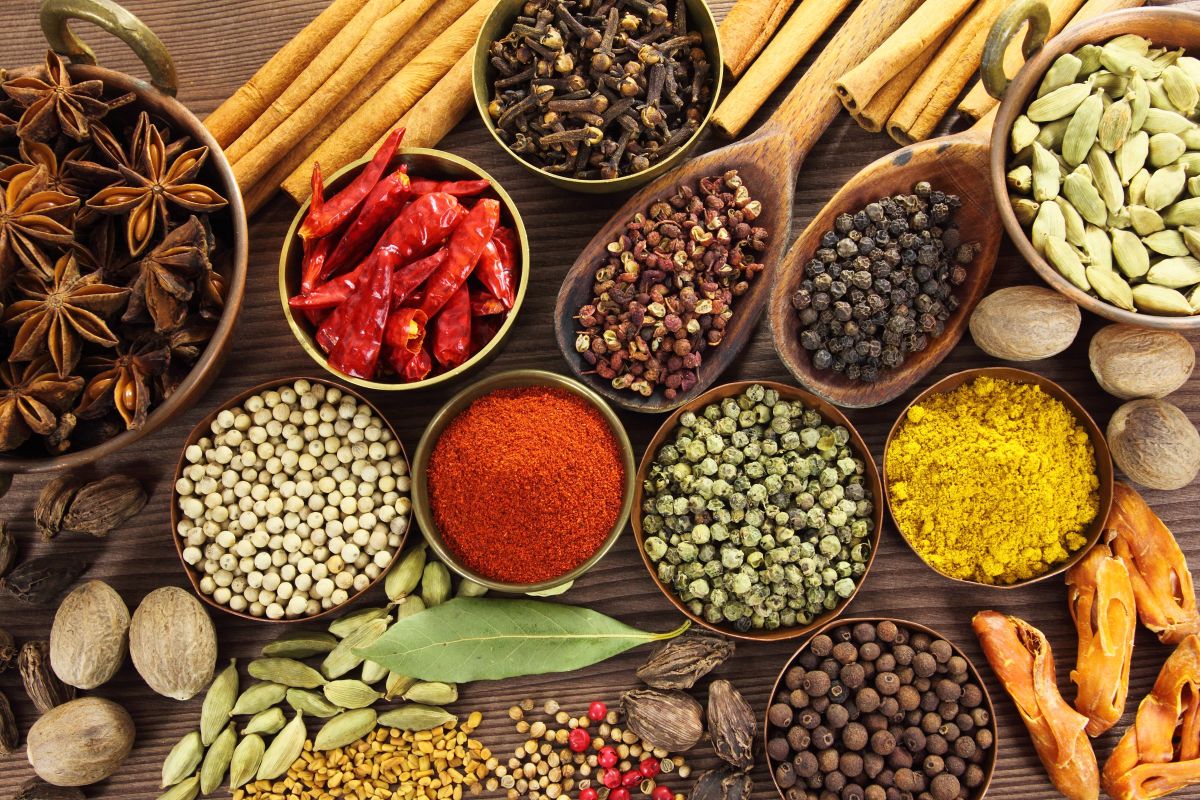Spices have been an integral part of human cuisine for thousands of years, adding flavor and complexity to dishes from around the world. From the fiery heat of chili peppers to the sweet and fragrant notes of cinnamon, spices have played a role in shaping the flavors and cultures of the world's greatest cuisines. In this article, we'll take a journey through the world of spices and explore the rich history, cultural significance, and culinary uses of some of the most popular seasonings.
One of the most ancient spices in the world is cinnamon, which has been used for centuries for both culinary and medicinal purposes. Cinnamon is native to Sri Lanka and southern India, and was highly valued by the ancient Egyptians, who used it in embalming mixtures and perfumes. Today, cinnamon is widely used in baking, as well as in savory dishes such as stews and curries.
Another popular spice with a long history is black pepper, which is native to southern India and is one of the most widely used spices in the world. Black pepper was so highly valued in ancient times that it was used as currency, and was one of the reasons why the spice trade was such a major part of human history. Today, black pepper is used in a wide range of dishes, from simple pasta sauces to complex curries.
Another spice that has been a staple of human cuisine for thousands of years is turmeric, which is native to southern Asia and has been used for both culinary and medicinal purposes for centuries. Turmeric is particularly well-known for its bright yellow color and its role in giving Indian curries their characteristic hue. It is also a popular ingredient in many other dishes, including rice and soups, and is believed to have anti-inflammatory and antioxidant properties.
One of the newest spices on the scene is chipotle, which is a dried and smoked chili pepper that originated in Mexico. Chipotle has become increasingly popular in recent years, due to its smoky flavor and medium heat, and is often used in Mexican and Tex-Mex cuisine. Chipotle is used in a wide range of dishes, including sauces, rubs, and marinades, and is a popular ingredient in many barbeque sauces.
Another popular spice with a unique flavor profile is cumin, which is native to the eastern Mediterranean and is a staple of many Middle Eastern, African, and Latin American cuisines. Cumin has a warm and slightly bitter flavor, and is often used in spice blends, such as chili powder and curry powder, as well as in soups, stews, and marinades.
Finally, one of the most distinctive spices in the world is saffron, which is made from the dried stigmas of the crocus flower and is widely used in many Mediterranean and Middle Eastern cuisines. Saffron has a distinctive flavor and aroma, and is used to flavor a wide range of dishes, including paellas, risottos, and soups. Saffron is also one of the most expensive spices in the world, due to the labor-intensive process of harvesting the stigmas.
In conclusion, spices are an essential part of human cuisine, adding flavor, complexity, and cultural significance to dishes from around the world. From the ancient spices of cinnamon and black pepper, to the new and exciting flavors of chipotle and cumin, spices have played a major role in shaping the flavors and cultures of the world's greatest cuisines. Whether you're an experienced cook or a curious foodie, exploring the world of spices is a delicious and rewarding journey
